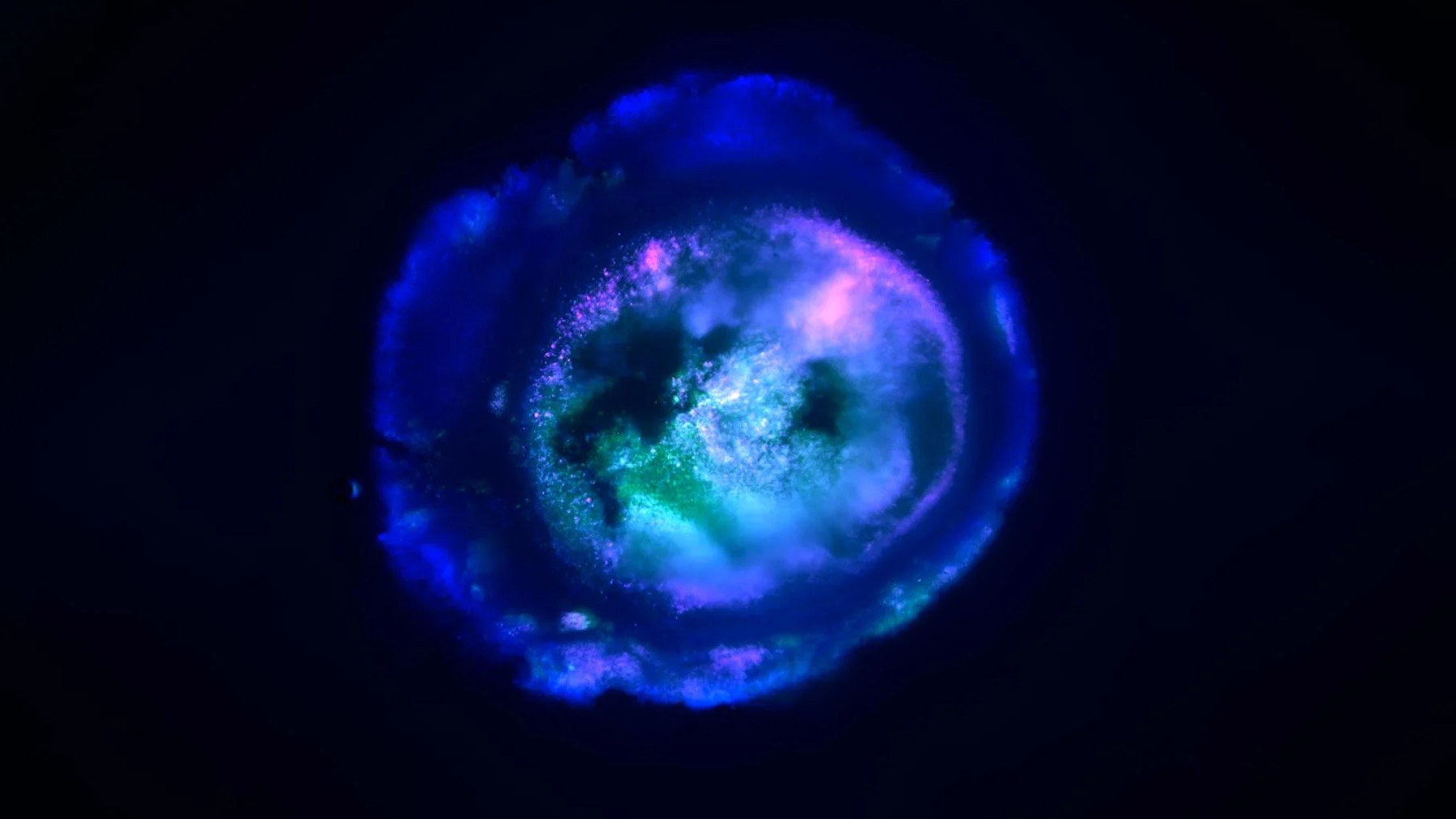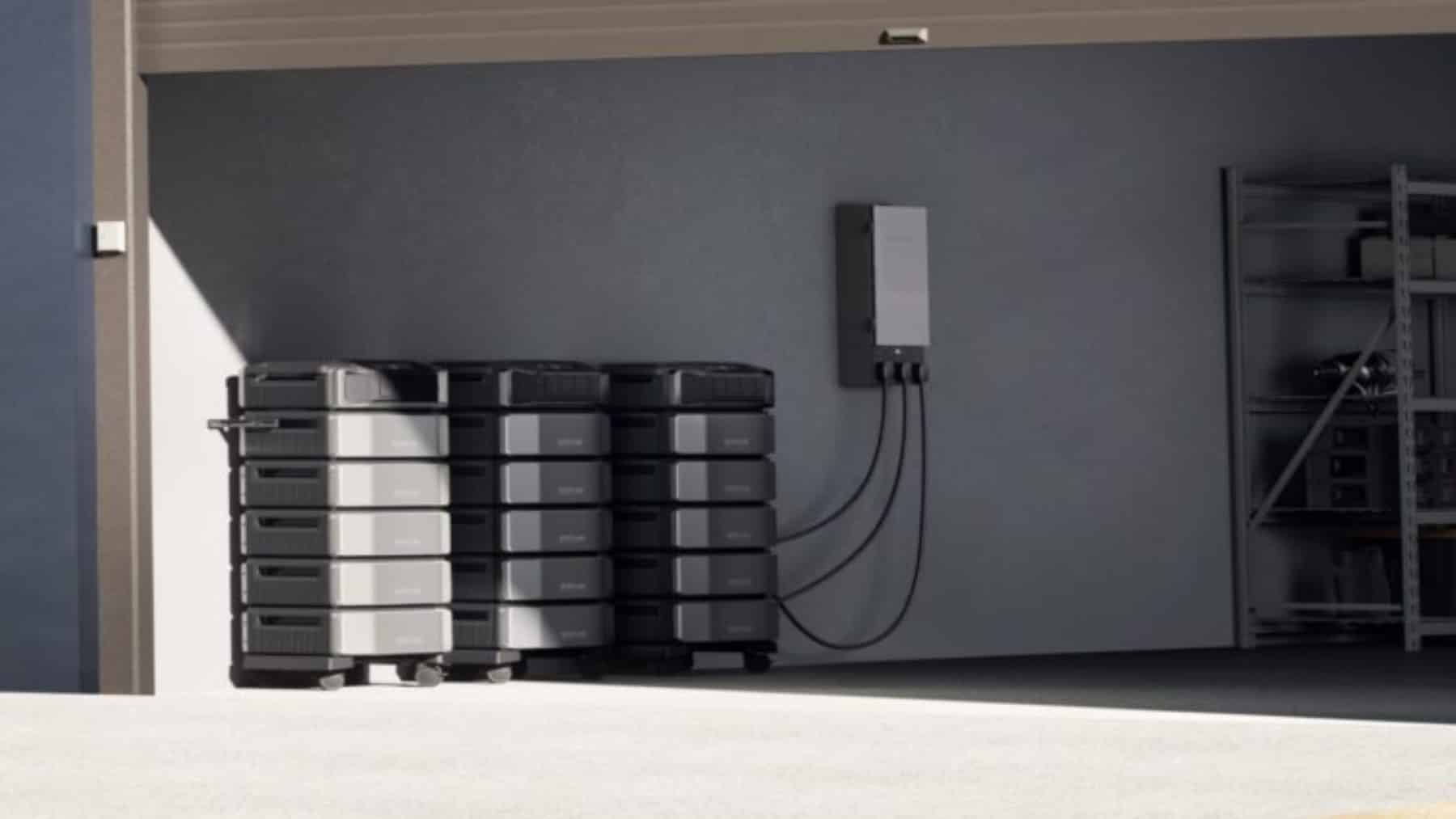The latest advance in biomedical science promises to open many doors to understanding the functioning of the central nervous system and neurodevelopment. It involves the creation of an organoid, a three-dimensional model of a human organ, but in a miniature version. The most relevant aspect is that it not only represents one region of the brain, but multiple brain regions, which according to British biomedical engineer Annie Kathuria from Johns Hopkins University, represents the next generation of brain organoids. It has been named multiregional brain organoid (MRBO), because unlike previous ones that only represented regions of the brain such as the cortex or the midbrain, this one represents the entire brain.
This “small piece of gelatinous tissue” is essential for understanding brain function, and even more so for neurological diseases and conditions such as autism and schizophrenia. Researchers explain that, to grow it, they have taken blood and skin cells from living human beings to create induced pluripotent stem cells. These are capable of reverting to a “stem” state, and can then become any type of cell in the human body.
Among the findings, they discovered that a blood-brain barrier began to develop, that is to say, a membrane capable of protecting the organ from harmful substances. According to Kathuria, diseases such as Alzheimer’s, schizophrenia, or autism do not occur in a single region of the brain, but rather affect the entire organ. These types of advancements allow for the development of treatments for multiple diseases and testing them on organoids to validate their usefulness, without having to subject a human to the examination.
Biomedicine advances
Biomedical science has brought to the table a new advance that can open many doors in terms of understanding the brain and neurodegenerative diseases. The results have been comparable to the brain function of a 40-day-old human fetus. But what exactly have they done? It is a small piece of gelatinous tissue called an organoid. It consists of a 3D model of the brain. What makes it unique is that it is one of the first capable of reconstructing multiple different regions of the brain, unlike those that existed previously.
Multiregional cerebral organoid (MRBO)
According to Annie Kathuriam, biomedical engineering from Johns Hopkins University, “We have created the next generation of brain organoids.” “Most of the brain organoids seen in papers are a region of the brain, such as the cortex or the hindbrain or midbrain. We have developed a rudimentary whole brain organoid; we call it the multiregional brain organoid (MRBO).” One of the main functions of organoids is that they allow researchers to detect changes or interactions with new medications without having to subject a human being to that process.
How are organoids created?
To create these organoids, samples of blood and skin cells have been taken from living humans, creating induced pluripotent stem cells. The main characteristic of this type of cells is that they are capable of returning to their ‘stem’ state, thus being able to become any type of cell in the human body. When the individual regions have developed, they are capable of joining together, resulting in the union of separate tissues capable of creating connections between them. While the human brain has billions of neurons, each organoid has 6-7 million. Still, it presents a model on which one can work without issue.
What has been discovered?
Scientists were stunned by the results obtained. On one hand, they observed that the blood vessels of the organoid not only grew but also formed new ones. On the other hand, they discovered gene expression associated with different regions, and most relevantly, the development of a blood-brain barrier, that is, the membrane that protects the organ from harmful substances.
According to Kathuria, “Diseases such as schizophrenia, autism, and Alzheimer’s affect the entire brain, not just one part of it”. She added, “If you can understand what goes wrong early in development, we may be able to find new targets for drug detection. We can test new medications or treatments in the organoids and determine if they are really having an impact on the organoids”.





